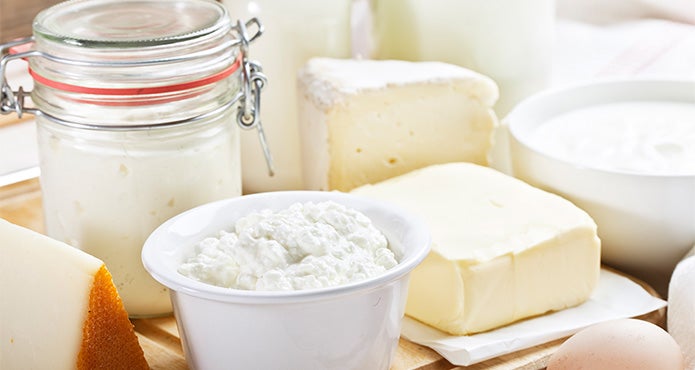A drug interaction can occur between two different medications or between a medication and another substance, such as food. This interaction results in the medicine not working as it should and can be very dangerous. Some foods and beverages interfere with the enzyme activity responsible for metabolizing specific drugs, or they could also interact with drugs in various ways.
Understanding the Interactions
Usually, when a new medication is prescribed, the patient is informed of possible interactions with food. When in doubt, the pharmacist is the best resource for accurate information. What people eat and drink can have a considerable impact on how medication works. For example, food interactions may prevent a medicine from working as it should for treatment, reducing or magnifying side-effects, causing a new side-effect or resulting in other consequences. In very rare cases, interactions can even cause permanent damage. Here are descriptions of the most common food and drug interactions.
Grapefruit and grapefruit juice
Consumption of grapefruit and grapefruit juice can increase the effects of certain drugs, including those used for treating cardiovascular diseases, anxiety and depressive disorders, and many others. Grapefruit components deactivate or decrease the activity of the enzymes responsible for the metabolism of those drugs. Therefore, taking a drug at the same time as consuming grapefruit will increase the level of that drug in the bloodstream, which will result in aggravated and adverse physiological effects. Other citrus fruits like lemons, oranges and limes do not have that effect. However, Seville oranges and tangelos can have effects similar to those of grapefruit.
Dark green vegetables (vitamin K)
Warfarin (also known by the drug trade name Coumadin) is used as a blood thinner to prevent the formation of blood clots. This medication blocks the action of the enzyme that activates vitamin K and consequently prevents blood from clotting. If somebody needs Warfarin, his first prescription will be adjusted, in part, with his vitamin K intake. Vitamin K is mostly found in dark green vegetables like broccoli, Brussels sprouts and spinach. If the vitamin K intake considerably increases, the medication will be less effective. Many people taking blood thinners will stop consuming green vegetables altogether, but they actually don’t need to. Daily vitamin K intake that is consistent from one day to the next is the best strategy for people who are prescribed blood thinners.
Dairy products (calcium)
It is well known that dairy products interfere with many drugs. The calcium and magnesium in dairy products binds to and interferes with certain antibiotics. Therefore, if the calcium and the antibiotic are consumed together, their absorption levels are weakened, meaning the patient misses out on some of the benefits of the dairy product as well as the antibiotic. This is why patients are advised to take antibiotics two hours before or after consuming dairy products.
Of course, many other food and drug interactions exist and must be taken into consideration. It is important for the clinical and foodservice staff to know about those interactions and to be able to deal with the demands of prescription drug users. Food and drug interactions are not only harmful to a patient’s health, but these interactions can also substantially increase healthcare costs. For example, a pharmaceutical treatment can inadvertently become ineffective if a food that should be avoided is consumed at the same time. For more information on food and drug interactions or to suggest topics, please contact us at nutritionrc@gfs.com.










